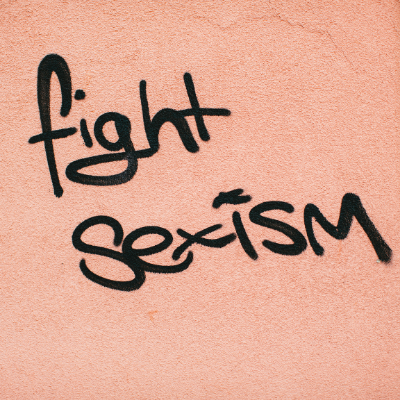
With the rise of the #MeToo Movement in late 2017 and subsequent sexual abuse allegations against men in positions of power, the pervasiveness of sexual misconduct has figured prominently in public conversation. Time magazine’s 2017 Person of the Year, for example, featured “the silence breakers”: people whose public storytelling of abuse made vivid the costs of sexual violence and helped to popularize the movement. While rape, domestic violence, and sexual harassment have always been a part of our society, they have often been treated as matters of private concern. The MeToo movement and related campaigns have brought these issues to the public arena, simultaneously emboldening victims to speak out and raising questions about how to think about the role of sex in our public and private lives. Controversy has ensued regarding whether there is an important distinction to be made between “misconduct” and “violence” or “abuse,” whether victims can also be perpetrators, the nature of sexual consent, the responsibilities of those in positions of power, and what the features of a good sexual relationship or encounter would be.